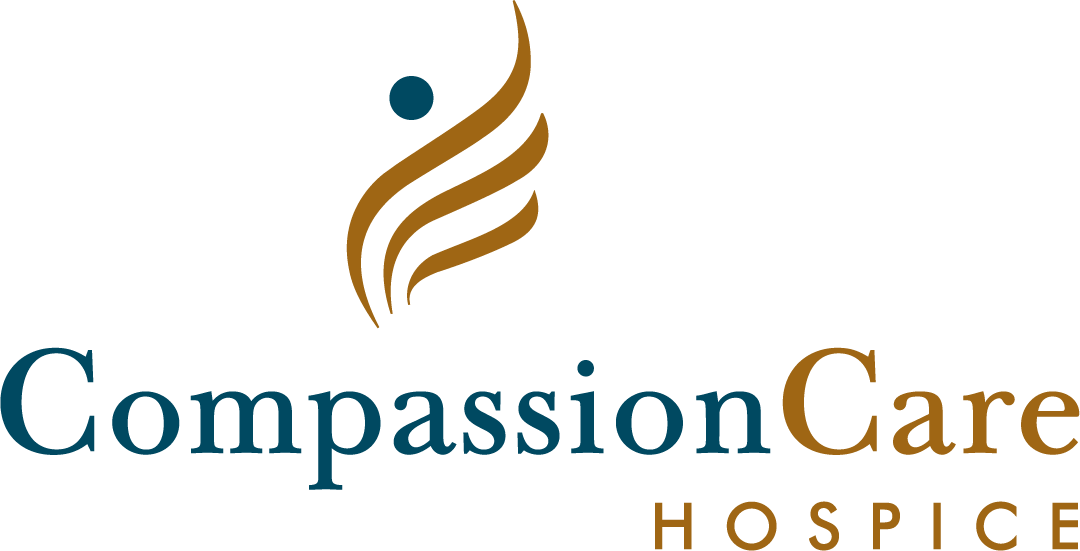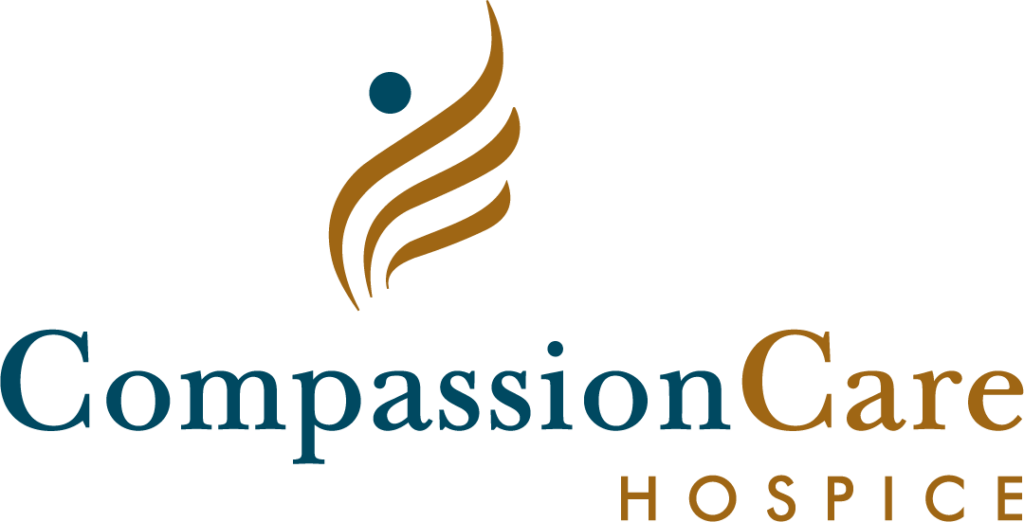Hospice Care: Elevating Quality Across the Healthcare Continuum
Hospice care has become a cornerstone in providing compassionate, patient-centered care at the end of life, contributing significantly to the healthcare continuum. For patients facing terminal illnesses, hospice care improves the quality of life and eases the burden on families, caregivers, and the healthcare system. As we honor Healthcare Quality Week, it’s crucial to recognize the measurable value hospice care adds to both patients and healthcare providers nationwide.
Quality of Life Improvement
Hospice care prioritizes patient comfort, dignity, and emotional well-being, focusing on holistic, palliative care that addresses physical, emotional, and spiritual needs. Studies have shown that hospice care enhances patient satisfaction and leads to more meaningful end-of-life experiences.
- A nationwide study found that 94% of family caregivers rated hospice services as “excellent” or “very good,” highlighting the high quality of care and support that patients receive at the end of life (NHPCO, 2023).
- Patients with terminal illnesses who receive hospice care are more likely to have their pain and symptoms managed effectively, improving their quality of life in their final days (Connor et al., 2020).
Reducing Hospitalizations and Healthcare Utilization
Hospice care significantly reduces hospital admissions, emergency room visits, and ICU stays, particularly in the last 30 days of life. By emphasizing symptom management and reducing the need for aggressive treatments, hospice eases the burden on healthcare systems already facing rising costs and resource limitations.
- A study published in the Journal of the American Medical Association (JAMA) found that patients enrolled in hospice care had 30% fewer hospitalizations and ER visits compared to those who did not receive hospice (Teno et al., 2021).
- Hospice care reduces overall healthcare spending by an average of $14,000 per patient, by limiting costly interventions and focusing on palliative treatment (Kelley et al., 2019).
Easing the Burden on Healthcare Costs
In an era of rising healthcare costs, hospice care provides a cost-effective solution by avoiding unnecessary hospitalizations, expensive treatments, and ICU stays that may not improve quality of life for terminally ill patients.
- Research demonstrates that hospice care saves the U.S. healthcare system $3.5 billion annually by reducing hospital and ICU stays in the last weeks of life (NHPCO, 2022).
- A comprehensive study in Health Affairs showed that Medicare beneficiaries who received hospice care cost an average of 33% less in their final months compared to those who did not use hospice (Obermeyer et al., 2020).
Supporting Families and Caregivers
Hospice also provides invaluable support for families and caregivers, including respite care, emotional counseling, and bereavement services. These services not only ease the emotional toll on caregivers but also help avoid burnout and stress that could lead to greater healthcare needs.
Refer to Hospice Early
As medical professionals, you can make a significant impact by identifying patients who can benefit from hospice care earlier in their disease trajectory. Early hospice referral provides more comprehensive care, improving both patient outcomes and healthcare system efficiency.
For more information on how hospice care can serve your patients, please contact us today! [FILL
References:
- Connor, S. R., Elwert, F., & Spence, C. (2020). “Pain Management in Hospice Care: Efficacy and Patient Satisfaction.” Palliative Medicine, 34(3), 251-258.
- Kelley, A. S., McGarry, K., Gorges, R. J., & Skinner, J. S. (2019). “The Impact of Hospice Care on Medicare and Healthcare Expenditures in the United States.” Health Affairs, 38(6), 914-920.
- National Hospice and Palliative Care Organization (NHPCO). (2023). “Hospice Facts and Figures.” Retrieved from https://www.nhpco.org.
- Obermeyer, Z., Makar, M., Abujaber, S., Dominici, F., & Block, S. (2020). “Association Between Hospice Use and Resource Utilization Among Medicare Beneficiaries.” Health Affairs, 39(2), 220-228.
- Teno, J. M., Gozalo, P. L., Trivedi, A. N., et al. (2021). “Effect of Hospice on Hospital and Emergency Room Utilization at End of Life.” Journal of the American Medical Association, 325(4), 306-318.


